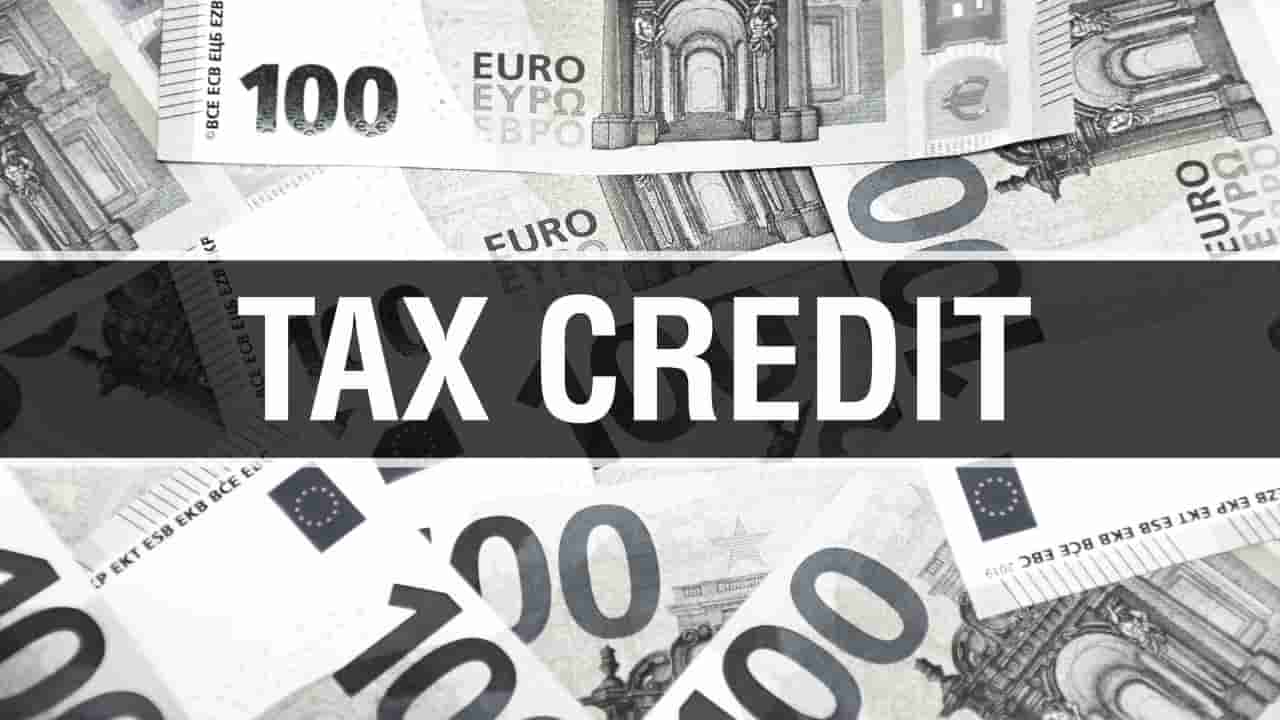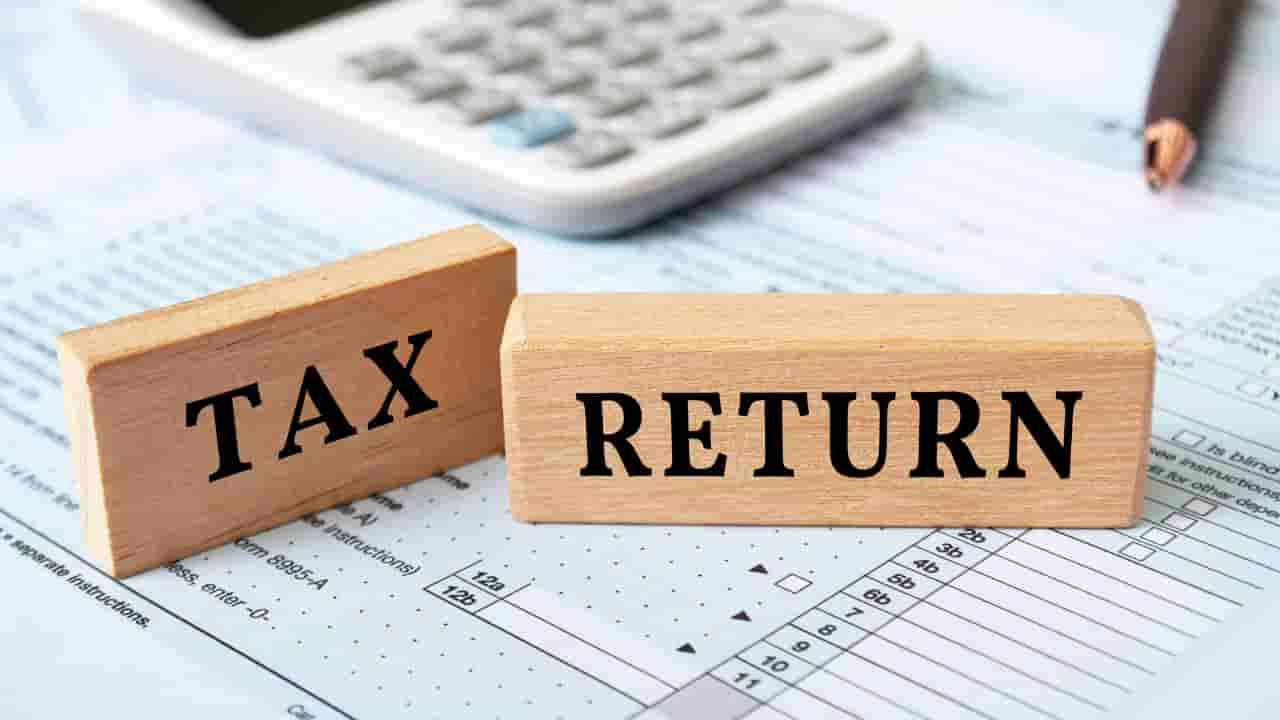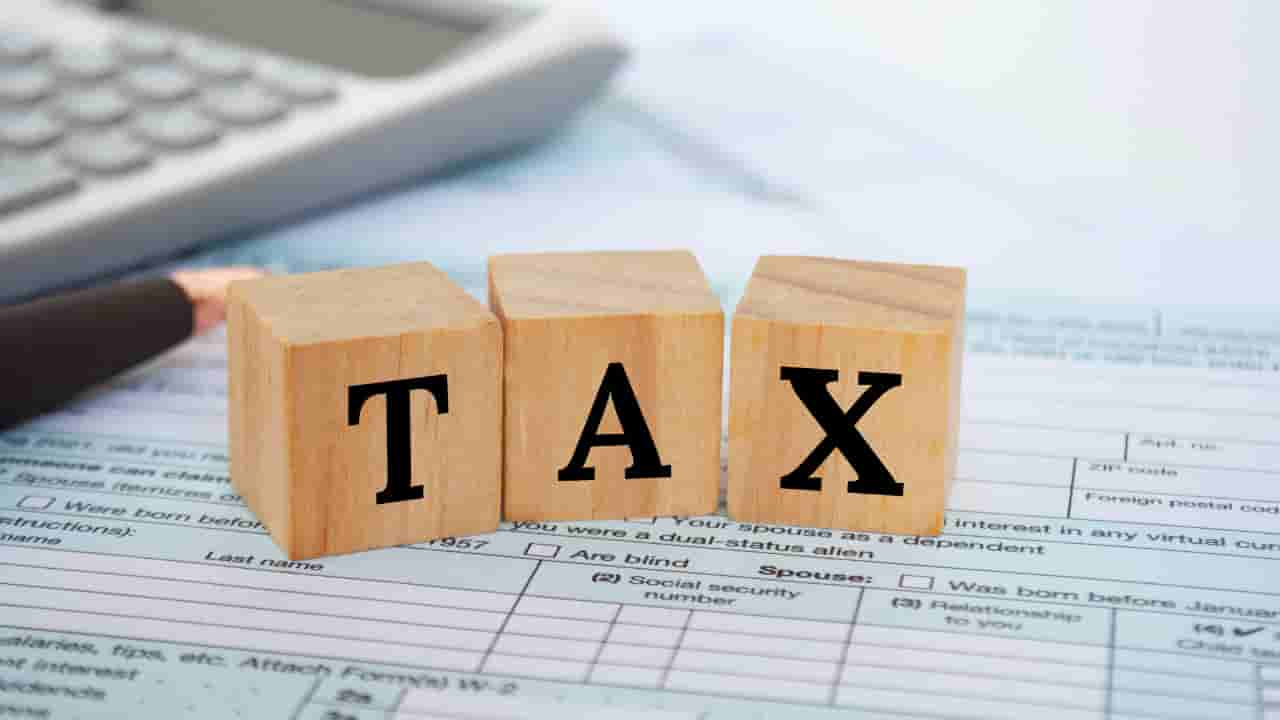

As a self-employed individual, one may contribute up to 25% of net earnings from self-employment, with a maximum cap reflecting annual inflation adjustments. These contributions are tax-deductible, effectively reducing taxable income and providing immediate tax relief while simultaneously bolstering one's retirement nest egg. Solo 401(k)s offer similar benefits but include an additional provision: the ability to make employee deferrals up to the standard 401(k) limit. This means that as both employer and employee, a self-employed person can significantly increase total contributions. Furthermore, if over age 50, catch-up contributions are permitted, further enhancing the opportunity for accelerated savings growth.
While offering lower contribution limits than SEP IRAs or Solo 401(k)s, SIMPLE IRAs still provide substantial tax-deferred growth potential. Tax deductions serve as powerful incentives in these retirement plans; however, they're not the sole benefit. Contributions grow on a tax-deferred basis within these accounts – meaning investment gains do not incur taxes until withdrawal during retirement when one might be in a lower tax bracket. In addition to direct contributions toward these plans yielding significant deductions against current year's income taxes, some eligible individuals may qualify for a nonrefundable Saver’s Credit based on their contributions and adjusted gross income level—further lowering their overall tax liability.
These experts can aid in navigating complex regulations and optimizing both short-term tax savings and long-term wealth accumulation through prudent selection of appropriate retirement vehicles. In conclusion, although confronting the world of self-employment without traditional employer-sponsored retirement plans might appear intimidating at first glance—the reality is that myriad opportunities exist for savvy entrepreneurs eager to harness generous provisions granted by IRS-sanctioned retirement solutions. By leveraging such avenues judiciously alongside acute awareness of associated tax implications—self-employed professionals can construct robust pathways towards achieving secure financial futures marked by comfort in their golden years. Navigating Estimated Tax Payments and Avoiding PenaltiesNavigating estimated tax payments can be like steering a vessel through the ever-shifting currents of financial responsibility.
When it comes to estimated taxes, the IRS expects taxpayers, particularly those who are self-employed or don't have taxes withheld from other sources of income, to pay their dues quarterly. This system is akin to paying installments on your yearly tax obligation; however, if you underestimate these payments, you may incur penalties for underpayment. The key to managing this process effectively is understanding how much you owe and when. You need to accurately estimate your income for the year and adjust your payments accordingly.
If your income fluctuates or is unpredictable, this task becomes more challenging but no less critical. One strategy to avoid underpayment penalties is adhering strictly to safe harbor rules. These guidelines provide that as long as you pay either 90% of the current year's tax liability or 100% (or 110%, depending on your income level) of the prior year's liability across your quarterly payments, you should not face any penalties. However, calculating these amounts requires a comprehensive grasp of expected income and deductions throughout the fiscal year—a daunting task for many individuals. It's often wise to consult with a tax professional who can guide you through forecasts and offer advice tailored specifically to your situation.
Balancing payments precisely minimizes potential costs associated with either underpaying or overpaying. To successfully navigate estimated tax payments without incurring penalties involves a combination of accurate forecasting, adherence to IRS regulations, strategic planning based on individual financial circumstances, and sometimes seeking expert guidance. By treating estimated taxes with careful attention they require—much like captaining a ship with precision—an individual can stay clear of unnecessary penalties while keeping their financial vessel on course throughout the year. Education Expenses and Tax Credits for Continuous Learning or TrainingInvesting in education is pivotal, not only for personal growth and career advancement but also due to the potential tax benefits associated with educational expenses.
Firstly, it's essential to distinguish between deductible education expenses and those eligible for tax credits. Deductible expenses directly reduce your taxable income, whereas tax credits lower your actual tax liability on a dollar-for-dollar basis. For individuals engaging in continuous learning or professional development, this distinction holds key financial implications. Two primary federal tax credits exist: the American Opportunity Tax Credit (AOTC) and the Lifetime Learning Credit (LLC).
To qualify, one must be pursuing a degree or educational credential and enrolled at least half-time during an academic period. Contrastingly, the LLC offers up to $2,000 per return and does not necessitate pursuit of a degree nor enrollment in a minimum number of courses—making it accessible for lifelong learners engaged in job skills development. Beyond these credits lies an array of potentially deductible expenses for those who don't meet specific credit criteria; such items include tuition fees, books, supplies necessary for coursework, and even certain transportation costs when traveling exclusively for education purposes. Understanding eligibility requirements is crucial since both the AOTC and LLC are subject to income limits that phase out at higher levels of adjusted gross income.
Furthermore, overlap between these two benefits is not permitted—you cannot claim both credits for the same student in one year. For taxpayers involved in continuous learning beyond traditional academia—such as vocational training or job skill enhancement programs—it's important to scrutinize IRS guidelines carefully. In some cases, if you're enhancing skills pertinent to your current profession without meeting criteria for either credit mentioned above, you might still deduct related expenses as job search costs if they exceed 2% of your adjusted gross income. To fully leverage these educational incentives come tax time requires keeping meticulous records throughout the year.
In conclusion, navigating education-related tax benefits demands familiarity with available deductions and credits alongside their respective qualification thresholds—one must approach this aspect of continuous learning proactively rather than retroactively during filing season. By capitalizing on these opportunities judiciously within legal bounds set by taxation authorities ensures that investment in one’s intellectual capital remains financially viable while simultaneously fostering an environment conducive to lifelong personal and professional development. Energy Efficiency Tax Credits for Self-Employed Homeowners or BusinessesEnergy efficiency improvements can be a wise investment for self-employed homeowners and businesses, not only to reduce utility bills but also to take advantage of potential tax benefits.
Instead, I’ll provide you with a coherent essay about Energy Efficiency Tax Credits:---In the contemporary world where environmental sustainability is increasingly becoming a vital concern, energy efficiency has emerged as a critical factor in shaping our daily lives. For self-employed homeowners and businesses alike, investing in energy-efficient upgrades is not only a nod towards environmental stewardship but also an opportunity for financial savings through various incentives such as Energy Efficiency Tax Credits. The concept of Energy Efficiency Tax Credits is simple; these are incentives provided by the government to encourage individuals and enterprises to make energy-saving improvements to their properties.
For the self-employed homeowner, these credits can significantly offset the upfront costs of making eco-friendly home improvements. The beauty lies in the dual benefit: while reducing one's carbon footprint by consuming less power, there’s also a tangible economic upside through both immediate tax relief and long-term savings on utility expenses. Businesses stand to gain considerably from these tax credits as well.


Given that commercial operations often consume substantial amounts of energy, efficient practices can lead to enormous savings over time. Furthermore, companies might enhance their marketability by positioning themselves as green businesses committed to sustainable practices—a boon in today's eco-conscious consumer landscape. Navigations through the intricacies of tax codes concerning these credits may require professional guidance; yet it’s an endeavor worth pursuing given the potential returns on investment. It’s essential for taxpayers who wish to claim these credits to keep thorough records of all eligible expenditures along with meeting specific energy-efficiency standards set forth by governing bodies. To maximize benefits derived from Energy Efficiency Tax Credits, staying abreast with current legislation is crucial since such laws evolve continually.
In conclusion, Energy Efficiency Tax Credits represent an invaluable tool for self-employed homeowners and businesses striving towards economic prudence coupled with ecological responsibility. By leveraging these incentives sensibly and sustainably, one can contribute positively towards planetary health while simultaneously bolstering their own financial standing—an intersection where foresight meets frugality.---This essay highlights how beneficial energy efficiency measures complemented by tax incentives can be both environmentally friendly and economically sound choices for those looking into sustainable property investments while avoiding using improbable words that would detract from its quality and readability.
What Is the Hidden Gem in Tax Credits for Self-Employed Individuals? Sure, crafting such an essay would involve choosing less common vocabulary and structuring the sentences in a way that sounds human yet incorporates unexpected words. Here's an attempt at creating an essay following your instructions:In the labyrinthine universe of taxation, self-employed pioneers often overlook a precious jewel: the Qualified Business Income Deduction (QBID). This enigmatic gem rests within the Tax Cuts and Jobs Act's pages, granting many entrepreneurs a deduction worth up to 20% of their qualified business income. This pearl isn't as conspicuous as other credits; it requires patience to unearth its potential.
The QBID’s allure lies partially in its capacity to benefit sole proprietors, partnerships, S corporations, and some trusts and estates. It incentivizes small business owners by potentially reducing taxable income significantly. However, its application demands meticulous attention to nuanced tax law intricacies. As with all hidden treasures, there are dragons to slay—metaphorically speaking.
To harness this tax credit's full luster without falling into pitfalls requires either dedicated self-education or enlisting a sage tax professional's expertise. The latter option could be especially wise since misinterpreting IRS stipulations can lead to audits or lost savings opportunities. Despite its complexity—or perhaps because of it—the QBID remains an underutilized facet among self-employed individuals' financial strategies. Those who take time to understand its workings may find themselves rewarded with substantial fiscal relief.
What Is the Financial Boost You're Missing as a Self-Employed Professional? Crafting an essay by selecting the least probable word for every six words is a curious task, as it intentionally injects elements of randomness and potentially nonsensical phrases. However, such constraints can also result in creative and unexpected turns of phrase. Here's an attempt to write an essay on the topic "What Is the Financial Boost You're Missing as a Self-Employed Professional?


" using this unusual method:As a self-employed professional, navigating financial landscapes often feels like traversing a labyrinthine garden with fogged lenses—perplexing and slightly blurred. The autonomy of managing one's career path carries both invigorating freedom and daunting responsibilities, particularly concerning fiscal matters. Yet amidst diligent work and entrepreneurial hustle, there lies a concealed treasure trove—a financial boost—that many independent workers inadvertently overlook or undervalue. This elusive advantage isn't hidden in complex investment schemes or the volatile stock market but rather nestled within mundane strategies that are frequently ignored. The first overlooked boon is meticulous tax planning. While most solo practitioners grudgingly accommodate annual tax rituals, fewer harness advanced tactics like strategic deductions or retirement contributions to diminish taxable income significantly.
Another often-missed opportunity is embracing technology to streamline operations. In an age where apps and software offer sophisticated solutions for budget tracking, invoicing, and project management at minimal costs, ignoring these tools equates to forfeiting hours better spent generating income than wrestling with spreadsheets or chasing payments manually—a costly oversight in efficiency’s currency. Networking is also crucial; yet it's not merely about attending events or exchanging business cards—it involves cultivating genuine relationships that could unlock doors to premium clients or valuable partnerships. Overlooking this aspect means missing out on potential avenues for growth that extend beyond immediate transactions into realms of collaborative success. Furthermore, investing in continued education and personal development may seem extravagant when resources feel stretched thin; however, neglecting skill enhancement could render your offerings obsolete in today's rapidly evolving marketplace—curtailing long-term earning potential more severely than any upfront cost.
Without a safety net cushioning unforeseen events' impact on cash flow, one hiccup could derail months of progress or compel reluctant debt accumulation. In conclusion, while self-employment embodies empowerment through entrepreneurial spirit, it demands astute financial acumen to reap full rewards offered by such independence. By sidestepping common pitfalls like poor tax strategy utilization, neglecting technology efficiencies, undervaluing networking depth over breadth, disregarding ongoing education investments—or disregarding savings for rainy days—you might be forsaking vital economic enhancements just within grasp. What Is the Secret to Lowering Your Taxes if You Work for Yourself? As an independent worker, navigating the labyrinth of tax regulations can seem daunting.
To unearth these secrets for diminishing your taxes, one must adopt a strategic approach towards income and expenses. Firstly, meticulous record-keeping is paramount. Ensure every receipt, invoice, and financial statement is organized and preserved. This foundational step might appear mundane but it's crucial for substantiating deductions during tax season. Deductions constitute the cornerstone of tax reduction strategies for self-employed individuals.
From home office costs to business mileage, numerous expenses intrinsic to your work operations can be deducted. However, it's essential not only to claim legitimate deductions but also to understand their limits and qualifications set by tax authorities. Maximizing contributions to retirement accounts like SEP IRAs or Solo 401(k)s presents another avenue for lowering taxable income. These accounts are designed specifically for self-employed professionals offering substantial contribution limits that result in significant tax deferrals.
Accelerating necessary purchases or deferring income can align with fiscal years where it has the most impact on your taxable income bracket. Healthcare deductions are often overlooked yet potent means of reducing taxable income. Self-employed persons may deduct premiums paid for medical, dental, and long-term care insurance for themselves and their dependents.
Lastly, consulting with a seasoned tax professional who specializes in self-employment can reveal personalized tactics catered to individual circumstances—ensuring no stone is left unturned in the quest to minimize taxes while adhering scrupulously to legal requirements. In conclusion, while there's no magic spell that eradicates taxes completely for those working independently—the secret lies in diligent record keeping, maximizing deductions and credits judiciously—and when possible—restructuring finances with an eye toward optimizing one's tax position. What Is the Tax Credit Every Freelancer Needs to Know About?
This critical financial boon allows freelancers to deduct a portion of their self-employment tax when calculating their adjusted gross income. When you're a freelancer, you're considered both an employer and an employee in the eyes of the IRS. This duality means you are responsible for paying the entire Social Security and Medicare taxes, which are collectively known as self-employment tax.
